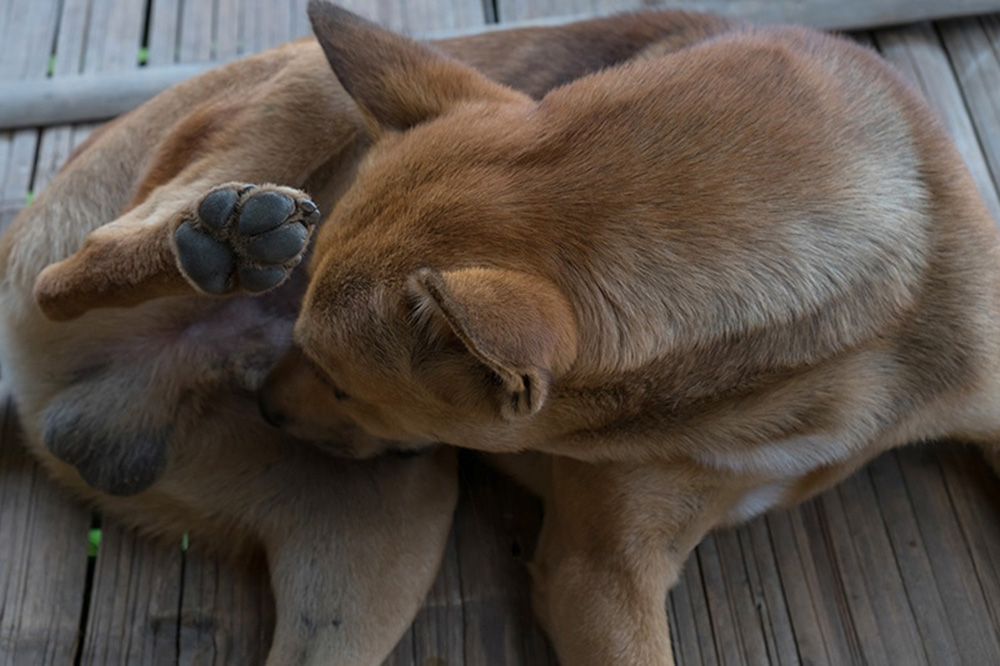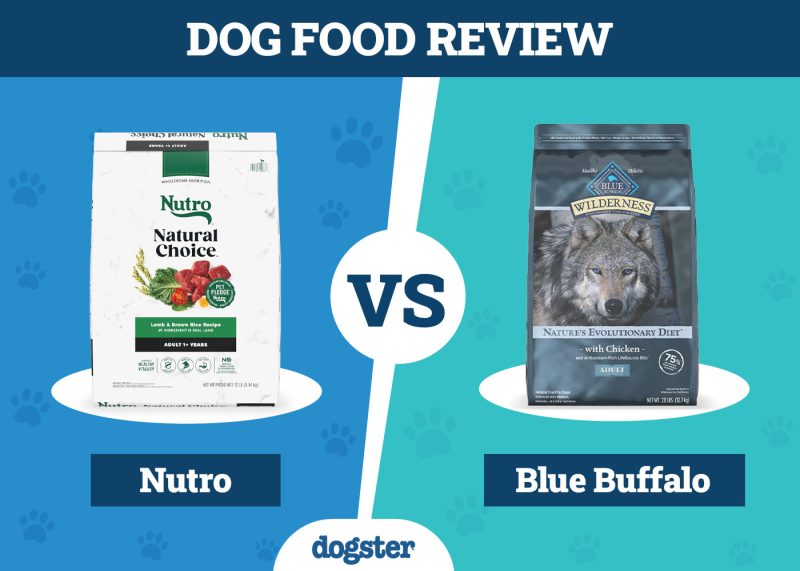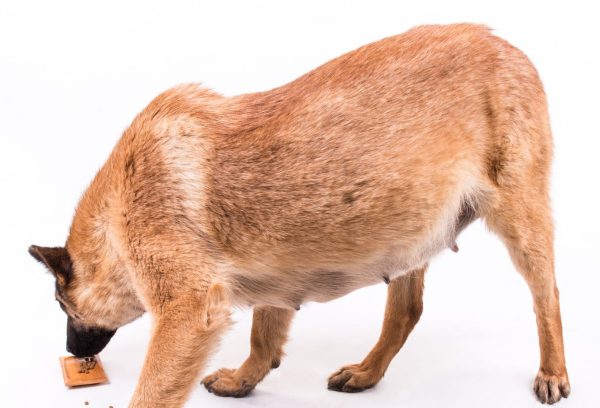The urinary tract in dogs consists of two kidneys, two ureters, a bladder, and a urethra. It serves many imperative functions, such as filtering the blood to rid the body of toxins, reabsorbing water, and maintaining the balance of electrolytes, such as sodium and potassium. Dogs commonly get urinary issues that are easy to treat, but less commonly, more severe issues can arise, like cancer.
In this guide, we will learn the five most common urinary tract issues in dogs so that you know the potential signs of a problem for prompt veterinary treatment.

The 5 Common Urinary Issues in Dogs
1. Urinary Incontinence
Urinary incontinence is a common urinary issue that primarily affects middle-aged to older female dogs, but males can also develop it. It’s diagnosed when the involuntary leaking of urine (small or large amounts) occurs without control, and the dog doesn’t know it is happening.
This condition is not viewed as a behavioral problem but rather a medical one with several possible causes. To diagnose urinary incontinence, your vet must test your dog’s blood and urine to ensure it is normal. Conditions such as UTIs or diabetes mellitus can sometimes cause a dog to become incontinent, but this is due to a separate primary condition. Urinary incontinence often results from a weak bladder sphincter; however, neurological problems, bladder storage dysfunction, and anatomic abnormalities can also be responsible for incontinence.
- Dripping urine, which your dog is unaware of
- Wet patches of urine under your dog that occur when they are sleeping or relaxing
- Redness on the skin of the abdomen and inner thighs from dripping urine
- Excessive genital licking

2. Urinary Bladder Stones
Urinary bladder stones are formed from rock-like minerals that develop inside the urinary bladder. They can be large, single stones or a collection of stones ranging in size from tiny sand-like grains to gravel. Sometimes, a collection of large and small stones is present at once.
Stones that form in the urinary bladder may be present for a while before they are noticed. However, if the stones move from the bladder to the urethra, which is the tiny passage that leads from the bladder to the outside, they can become stuck and cause a blockage in urinary flow.
If this happens, the bladder can overfill and rupture, causing abdominal leakage. This is a dire situation, and a dog can become septic and suffer from severe electrolyte imbalance, which can be fatal.
- Straining to urinate
- Multiple attempts to urinate
- Passing only small amounts of urine
- Attempting to urinate with nothing coming out
- Blood in the urine (hematuria)
3. Urinary Tract Infection
A urinary tract infection, or UTI, is a common term for an infection in the lower part of the urinary tract. Dog UTIs are common and are usually caused by ascending bacteria (usually bacteria from the gastro-intestinal tract or mouth of the dog ascending into the urinary tract through the urethra). However, they can also stem from an underlying problem, such as bladder stones, urinary crystals, or even cancer.
- Straining to urinate
- Frequent urination in small amounts
- Blood in the urine
- Urinating in inappropriate places, especially if your dog is potty trained
- Drinking more water than usual
Urinary tract infections can be painful for your dog and typically require medication to resolve. If your dog experiences repeated episodes of UTIs, your vet will likely want to investigate further to see why this is occurring.
If you need to speak with a vet but can't get to one, head over to PangoVet. It's an online service where you can talk to a vet online and get the personalized advice you need for your pet — all at an affordable price!
4. Kidney Infection/Dysfunction/Stones
Kidney infections (pyelonephritis) occur when bacteria in the urinary tract move upward from the bladder to the kidneys. They are more common in middle-aged to senior dogs, but any dog can develop an infection, especially if they have risk factors such as kidney stones, recurrent UTIs, or diabetes mellitus.
Early diagnosis of pyelonephritis is essential in preventing the issue from becoming life-threatening, as bacteria have the potential to enter the bloodstream and cause sepsis.
- Poor appetite
- Increased thirst
- Painful abdomen
- Vomiting
- Weight loss
- Lethargy
- Blood in urine
- Straining to urinate
- Urine accidents in the home
A dog with a kidney infection often shows signs of belly pain and may develop a fever. If you see any of the signs mentioned above, take your dog to the vet immediately to avoid possible kidney damage. The diagnosis is complex and requires blood work to assess the kidney function and an ultrasound.
A urinalysis and urine culture are also helpful in spotting an infection and determining the type of bacteria present. That way, your vet can decide which antibiotic is best for treatment. Prognosis is good in dogs without underlying medical issues; however, the outcome may be less promising in dogs with medical issues, such as recurrent infections.
5. Urinary Bladder Cancer
The most common tumor of the urinary tract in dogs is transitional cell carcinoma (TCC). This is a cancer of the cells that line the urinary tract and is most commonly seen in older female dogs. TCCs usually occur at the neck of the bladder, where it joins with the urethra.
- Blood in the urine
- Pain when urinating
- Increased frequency of urination
- Straining to urinate with small amounts passed
Other tumors can affect the urinary tract of dogs, but TCCs are by far the most common. Treatment options include anti-inflammatory medications, chemotherapy, and surgery.

 Conclusion
Conclusion
If you see any signs of a urinary issue mentioned above, it is imperative to have your dog examined by a veterinarian for treatment. Prompt treatment is crucial in preventing permanent damage and ruling out more serious issues, such as bladder cancer. Remember that straining, incontinence, blood in the urine, lethargy, poor appetite, and increased thirst all warrant a trip to the vet.
Featured Image Credit By: Olimpik, Shutterstock

 Conclusion
Conclusion
















